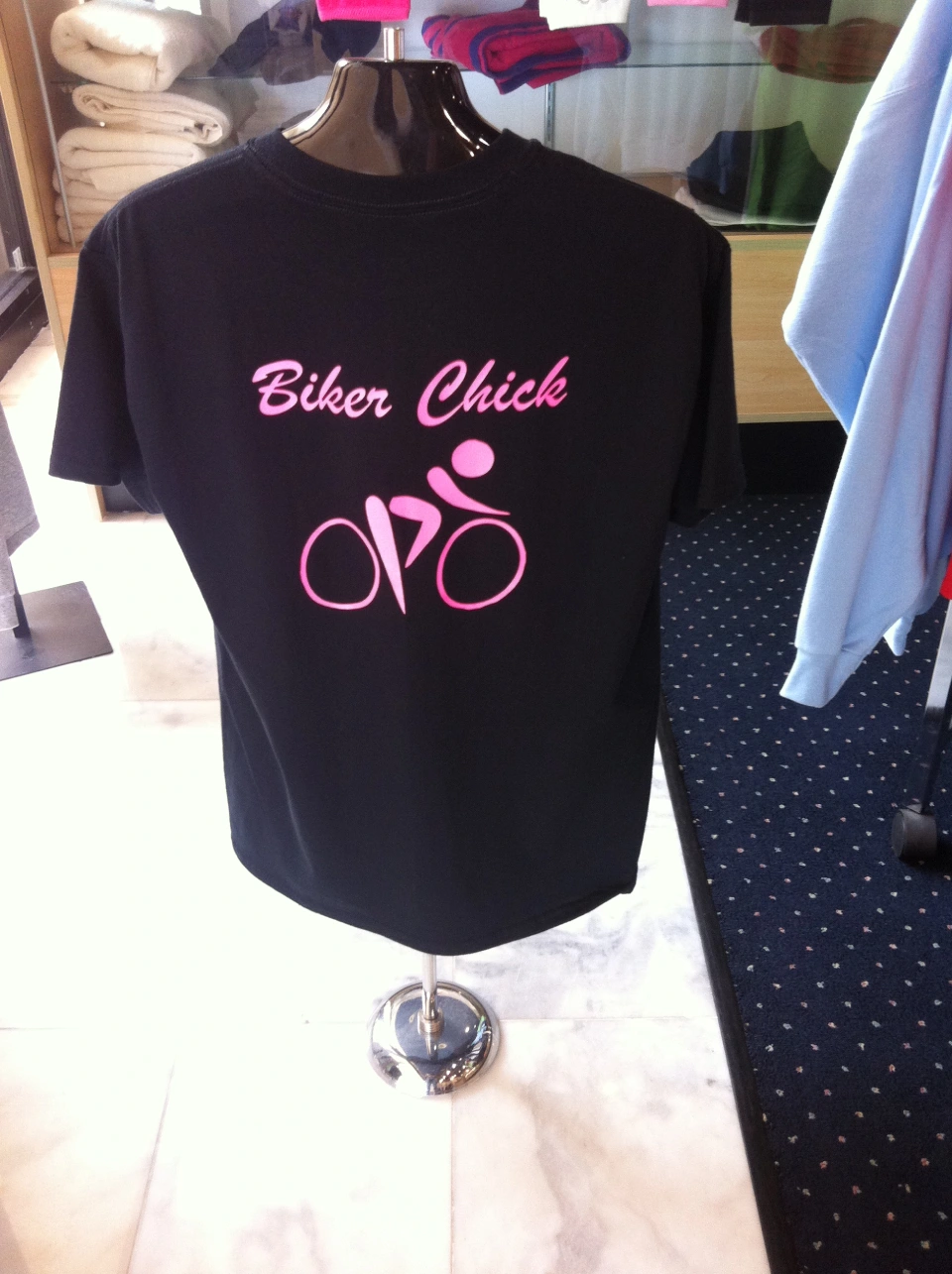The Art of Customized Needlework: Unlocking the Keys to Creating One-of-a-kind and Remarkable Designs
Needlework, a craft soaked in tradition and creativity, holds within its complex stitches the power to change fabric into a canvas of unique expression. The keys to creating personalized embroidery styles that astound the eye and leave a lasting perception depend on a fragile equilibrium of strategy, creative thinking, and interest to detail. As we look into the globe of custom needlework, we discover the nuanced interaction in between string choice, sew complexity, and design customization that raises a plain garment to an artwork. Join us on a journey through the art of custom-made embroidery as we unravel the mysteries behind crafting genuinely unforgettable and distinct developments.
Choosing the Right Needlework Threads
When picking embroidery strings, what essential elements should you take into consideration to make certain the ideal results for your customized layouts? The option of needlework thread is critical in establishing the last result of your stitched style.
Furthermore, the weight or density of the thread plays a significant function in the appearance of the embroidery. Thicker threads can add dimension and appearance to your style, while finer strings are suitable for intricate details and little message. Furthermore, thinking about the color fastness and washability of the thread is essential to make sure that your personalized styles maintain their quality and vibrancy with time. By very carefully reviewing these variables and selecting top quality threads that meet your specific needs, you can improve the visual appeal and durability of your stitched developments.
Exploring Different Stitch Methods
To explore the world of 'Checking out Different Stitch Strategies', one need to grasp the intricacies and nuances that each sewing approach offers the art of needlework. Various stitch strategies not just add visual passion however likewise add to the overall appearance and measurement of the design. One preferred stitch method is the satin stitch, which entails closely packed parallel stitches to create a smooth and glossy surface, ideal for completing forms and developing strong details.
On the other hand, the backstitch is a functional strategy frequently utilized for outlining and including fine information. It includes sewing in reverse to create a solid line of embroidery. Furthermore, the French knot stitch adds a responsive component to designs, best for creating textured accents like blossom facilities or ornamental touches.
Discovering different stitch techniques permits embroiderers to have fun with light, shadow, and deepness within their layouts, raising the aesthetic charm and imaginative quality of their embroidery tasks. By understanding numerous sewing methods, one can unlock countless possibilities for creating unique and remarkable custom needlework items.
Incorporating Personalized Style Aspects
Having discovered the details of different stitch strategies such as the satin stitch, backstitch, and French knot, the emphasis now moves in the direction of including personalized design components in custom-made embroidery tasks. Customized style elements play a vital duty Discover More in making needlework tasks absolutely distinct and remarkable.
An additional means to include individualized design components is by consisting of icons or motifs that hold special significance to the recipient or mirror their passions and character. For example, integrating a favored blossom, animal, or hobby-related sign can make the embroidery design much more meaningful and individualized. In addition, picking colors that resonate with the recipient or straighten with the desired theme can additionally enhance the personalization of the embroidery task.
Understanding the Art of Color Sychronisation
One secret aspect of tailor a suit near me color control is understanding shade theory. This includes knowing how various colors interact with each various other, the emotions they convey, and exactly how they can be integrated to develop aesthetically appealing styles. By using shade concept principles, embroiderers can create unified color combinations that improve the general look of the style.
In addition, taking note of contrast is essential in shade coordination. Using contrasting shades can assist particular components of the design pop, improve readability, and create an aesthetically dynamic needlework piece. By grasping the art of color sychronisation, embroiderers can boost their styles and create unforgettable items that resonate with clients and customers alike.
Enhancing Structure With Advanced Embroidery Stitches

French knots, for instance, are best for adding small, raised dots to your style, simulating the appearance of beads or producing a textured surface area. Bullion knots, on the various other hand, can be made use of to produce twisted, ropelike elements that include an extravagant feel to the needlework. Seed sewing entails tiny, scattered stitches that can fill out locations with a polychromatic appearance, while turkey work produces cosy, dimensional accents reminiscent of pet fur or foliage. Trying out these advanced embroidery stitches permits you to push the borders of standard embroidery and create absolutely unique and visually appealing structures in your styles.
Final Thought
In final thought, the art of custom-made needlework involves a combination of selecting the ideal strings, checking out various stitch methods, incorporating tailored design elements, understanding shade control, and improving texture with sophisticated stitches. By understanding and executing these crucial elements, embroiderers can produce distinct and unforgettable layouts that showcase their creativity and ability. Embroidery fanatics can unlock the tricks to developing attractive and custom items that attract attention and leave a long-term impact.